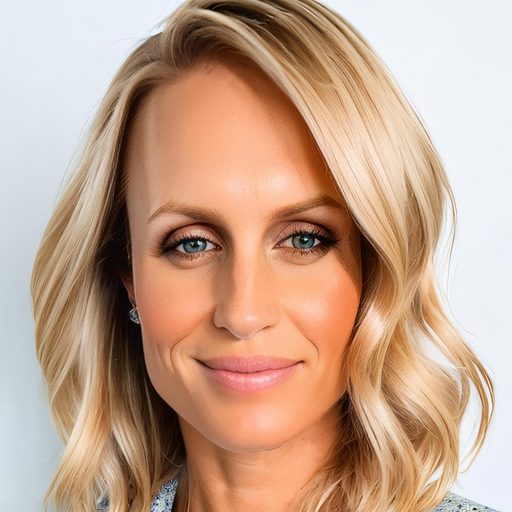How to Maintain Visibility on Instagram and Twitter


When it comes to social media, there’s only one constant, and that is change. Instagram and Twitter recently announced they are starting to use algorithms to determine the post order in news feeds. That means posts will no longer appear chronologically, and brands and pages will have decreasing post visibility.
As for when you can expect these changes, Instagram plans to roll out the algorithm gradually, much like Facebook did with their algorithm back in 2013. Twitter’s process will be different. They immediately started displaying promoted or favored posts in the form of “while you were away” tweets and “best tweets.”
While these changes may not be good news, they aren’t completely surprising. There is too much social content for users to see the things they want if posts are displayed in chronological order. By using an algorithm to reorder posts, social networks are able to deliver the content users are most interested in. This keeps users engaged and coming back, which translates into more advertising revenue for the social networks.
What You Can Expect
Since Facebook owns Instagram, it’s helpful to look back on the first algorithm they rolled out for clues on how this one will go. Before 2013, organic post visibility on Facebook was at about 16%. Once Facebook instituted their algorithm, organic visibility slowly declined to a low of about 2%. As the algorithm began to take effect, brands complained about posts not being seen. We’re sure you felt this too. At first, it was only a nuisance, but eventually it was a concern for businesses that were using Facebook as their primary form of marketing.
visibility on Facebook was at about 16%. Once Facebook instituted their algorithm, organic visibility slowly declined to a low of about 2%. As the algorithm began to take effect, brands complained about posts not being seen. We’re sure you felt this too. At first, it was only a nuisance, but eventually it was a concern for businesses that were using Facebook as their primary form of marketing.
With the decline in visibility, brands started using boosted posts and ads to get their content seen. Now paying for visibility on Facebook is normal. Businesses expect to “pay to play,” so to speak. The new Instagram and Twitter algorithms will likely cause the same need to pay for post visibility. Because of that, we’ll give you a quick run down on the current advertising process for both networks now.
Paid Advertising on Instagram
 The good news is that Facebook integrated Instagram’s advertising into established Facebook tools. Since the assumption is that pages were advertising on Facebook first, using Facebook tools makes the switch to paid promotions on Instagram easier.
The good news is that Facebook integrated Instagram’s advertising into established Facebook tools. Since the assumption is that pages were advertising on Facebook first, using Facebook tools makes the switch to paid promotions on Instagram easier.
To run an Instagram ad, you can use your Facebook Business Manager and Power Editor. You can use robust targeting to get your message in front of your ideal audience with targeting options just like you have on Facebook. You also have the ability to pay by impression or pay by click, just like you can for Facebook ads or posts. To learn more about advertising on Instagram, check out this post by Social Media Examiner.
Paid Advertising on Twitter
Twitter’s advertising and promoted content plan is different. There you have the ability to promote accounts, tweets or trends. If you want to promote  your account, it will be featured in Twitter feeds and the fee is linked to the new followers you gain. As a gym owner, it’s likely you’ll be most interested in promoting an individual tweet, and the fee associated with that is on a per click basis.
your account, it will be featured in Twitter feeds and the fee is linked to the new followers you gain. As a gym owner, it’s likely you’ll be most interested in promoting an individual tweet, and the fee associated with that is on a per click basis.
Only brands with big advertising budgets will be able to pay to promote a trend, as it’s estimated that a recently promoted trend cost the advertiser $120,000. Finally, it’s important to note that Twitter doesn’t offer the same robust targeting capabilities as Instagram and Facebook. You can only target by location, not by interests, income and age as you can on Instagram. To learn more about advertising on Twitter, check out this blog by Kissmetrics.
In all, these new algorithms shouldn’t be too much of surprise. Social networks need advertising revenue, and users want networks to deliver the content they want. The real impact will be on businesses that choose to continue using these networks because they will eventually need to pay for content visibility.
Looking for cheaper ways to market your gym, studio or school? Look no further than your own website. By properly optimizing your website for important keywords, you can ensure your business shows up when people search for your services in their area on Google. Get your copy of our informative guide, SEO Guide for Fitness Businesses, to learn what you need to do to ensure your site has strong visibility on Google.


I’m Coach Kelli, a devoted CrossFit gym owner with 15 years of experience managing my facility, along with owning yoga studios and wellness centers. Beyond the fitness world, I have a passion for cooking, cherish moments with my children and family, and find joy in spending time outside. Having experienced the highs and lows, I’m dedicated to leveraging my expertise to help you grow and succeed on your fitness journey.

I’m Coach Kelli, a devoted CrossFit gym owner with 15 years of experience managing my facility, along with owning yoga studios and wellness centers. Beyond the fitness world, I have a passion for cooking, cherish moments with my children and family, and find joy in spending time outside. Having experienced the highs and lows, I’m dedicated to leveraging my expertise to help you grow and succeed on your fitness journey.






